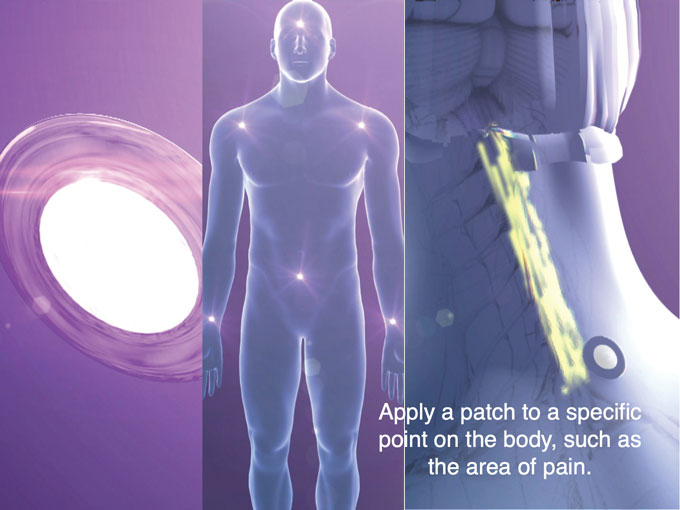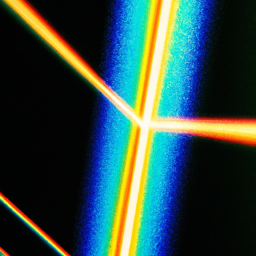Looking for the right treatment for your skin condition can be overwhelming with the numerous options available. Two common approaches that often come up in dermatological discussions are phototherapy and traditional treatments. In this article, we compare these two methods to help you understand the key differences between them. Whether you’re dealing with stubborn psoriasis or severe eczema, knowing the pros and cons of phototherapy and traditional treatments can guide you towards the most effective solution for your individual needs.

Effectiveness
Comparing the effectiveness of phototherapy and traditional treatments
When it comes to comparing the effectiveness of phototherapy and traditional treatments, it is important to consider the specific condition being treated. Both phototherapy and traditional treatments have shown positive results in various conditions, but their effectiveness may vary depending on the individual and the severity of the condition. It is recommended to consult with a healthcare professional to determine the most suitable treatment option.
Evidence supporting the use of phototherapy
Phototherapy has been proven to be effective in treating a wide range of conditions. One of the main reasons for its effectiveness is the use of specific wavelengths of light that target the affected area, stimulating various biological processes in the body. Numerous studies have shown positive outcomes in conditions such as psoriasis, vitiligo, and eczema when treated with phototherapy.
Effectiveness of traditional treatments in various conditions
Traditional treatments, on the other hand, have been relied upon for centuries and have proven to be effective in managing many conditions. From the use of topical creams and ointments to oral medications, traditional treatments have been successful in providing relief for conditions like acne, skin infections, and allergic reactions. However, their effectiveness may vary from person to person, and some individuals may require different treatment approaches.
Safety
Safety considerations for phototherapy and traditional treatments
In terms of safety, both phototherapy and traditional treatments have their own set of considerations. Prior to starting any treatment, it is essential to disclose any underlying health conditions, allergies, or medications to the healthcare professional. This will help determine the most appropriate and safe treatment plan for you.
Potential side effects of phototherapy
Phototherapy, although generally safe, can have potential side effects. These may include skin dryness, redness, and increased sensitivity to sunlight. In rare cases, there may be an increased risk of developing skin cancer. It is crucial to follow the prescribed treatment protocols and protective measures, such as wearing eye protection and using sunscreen, to minimize the risk of adverse effects.
Risks associated with traditional treatments
Traditional treatments can also come with their own set of risks and side effects. For example, some topical creams may cause skin irritation or allergic reactions in certain individuals. Oral medications may carry the risk of systemic side effects or interactions with other medications. It is essential to be aware of these risks and discuss them with your healthcare provider before starting any traditional treatment.
Mechanism of Action
Understanding how phototherapy works
Phototherapy works by exposing the skin to specific wavelengths of light, typically ultraviolet (UV) light. These light waves penetrate the skin and stimulate various biological processes, including the suppression of immune responses and the promotion of cell turnover. This can help reduce inflammation, itchiness, and other symptoms associated with certain skin conditions.
Processes involved in traditional treatments
Traditional treatments often work by targeting specific factors contributing to a particular condition. For example, topical creams may contain ingredients that reduce inflammation or kill bacteria, effectively treating conditions like acne or skin infections. Oral medications may work systemically by altering hormonal imbalances or suppressing immune responses. The mechanism of action varies depending on the specific condition and the treatment being used.
Treatment Duration
Duration of phototherapy sessions
The duration of phototherapy sessions can vary depending on the specific condition and the individual’s response to treatment. Generally, it involves a series of sessions over a period of weeks or months. The duration of each session can range from a few minutes to several minutes, and the frequency of sessions may be adjusted based on the progress and tolerance of the individual.
Length of traditional treatment courses
The length of traditional treatment courses can also vary depending on the condition being treated. Some conditions may require short-term treatment courses lasting a few weeks, while others may require long-term maintenance treatment. It is important to follow the prescribed treatment plan and consult with the healthcare provider to determine the appropriate duration of treatment.

Suitability for Different Conditions
Conditions that can be treated effectively with phototherapy
Phototherapy has shown effectiveness in treating various conditions, including psoriasis, vitiligo, eczema, and some types of skin cancer. It can also be beneficial in managing light-sensitive conditions like lupus erythematosus. However, the suitability of phototherapy for a specific condition depends on factors such as the location and severity of the condition, as well as individual considerations.
Conditions that are better suited for traditional treatments
Traditional treatments may be more suitable for certain conditions that do not respond well to phototherapy or require different approaches. For instance, bacterial skin infections may require the use of topical or systemic antibiotics, while hormonal imbalances may require specific oral medications. The healthcare provider will assess the condition and recommend the most appropriate treatment option.
Accessibility and Cost
Availability of phototherapy facilities
The availability of phototherapy facilities may vary depending on the geographical location and healthcare infrastructure. Larger healthcare centers and specialized dermatology clinics may offer phototherapy as part of their services. However, in some areas, the availability of phototherapy facilities may be limited, requiring individuals to travel longer distances for treatment.
Cost comparison between phototherapy and traditional treatments
The cost of phototherapy and traditional treatments can vary significantly. Phototherapy may involve upfront costs for the equipment and the sessions themselves, while traditional treatments may involve the cost of medications or consultations. Insurance coverage and healthcare systems also play a role in determining the out-of-pocket expenses. It is important to consider the financial implications and discuss them with the healthcare provider.

Side Effects
Possible side effects of phototherapy
As with any treatment, phototherapy can have potential side effects. These may include skin dryness, redness, itching, and increased sensitivity to sunlight. In rare cases, there may be a small increased risk of developing skin cancer, particularly with long-term or excessive exposure to UV light. Adhering to the recommended treatment protocols and protective measures can minimize the risk of adverse effects.
Common side effects of traditional treatments
Common side effects associated with traditional treatments vary depending on the specific treatment being used. Topical treatments may cause skin irritation, redness, or allergic reactions in some individuals. Oral medications may carry the risk of gastrointestinal upset, hormonal imbalances, or interactions with other medications. It is important to be aware of these potential side effects and consult with the healthcare provider if any concerns arise.
Maintenance and Follow-up
Follow-up procedures after phototherapy sessions
After completing a course of phototherapy, follow-up procedures are essential to monitor the progress and address any concerns. This may involve regular check-ups with the healthcare provider, skin examinations, and discussions about post-treatment skincare routines. It is important to adhere to the recommended follow-up procedures to ensure the long-term effectiveness and safety of the treatment.
Maintenance routines for traditional treatments
Traditional treatments may also require ongoing maintenance routines to manage the condition effectively. This may include regular application of topical creams, taking oral medications as prescribed, and lifestyle modifications to support the treatment outcomes. Compliance with the maintenance routines and regular follow-up appointments can help optimize the effectiveness of traditional treatments.
Suitability for Different Age Groups
Appropriateness of phototherapy for infants and children
Phototherapy can be a suitable treatment option for infants and children with certain skin conditions. However, special precautions need to be taken to ensure their safety. In some cases, specific phototherapy devices designed for pediatric use may be used to provide the appropriate dosages and minimize potential side effects. Close monitoring by healthcare professionals is crucial to ensure the well-being of infants and children undergoing phototherapy.
Considerations for using traditional treatments in different age groups
When using traditional treatments, age-specific considerations should be taken into account. For example, the use of certain medications may be restricted in infants or young children due to safety concerns. Dosages may need to be adjusted for elderly individuals who may have altered metabolism and increased susceptibility to side effects. Healthcare providers will assess the age-related factors and recommend the most suitable treatment approach.
Combination Therapy
Combining phototherapy with traditional treatments
In certain cases, healthcare providers may suggest combining phototherapy with traditional treatments to enhance efficacy. This combination therapy approach can have potential synergistic effects, targeting different aspects of the condition simultaneously. For example, combining phototherapy with specific oral medications may lead to improved outcomes in managing severe cases of psoriasis. The suitability of combination therapy depends on the individual’s condition and response to treatment.
Benefits and potential synergistic effects
Combination therapy offers several benefits, including improved treatment outcomes and reduced reliance on a single treatment modality. By combining different treatments, the full potential of each can be utilized to address various aspects of the condition. However, it is important to carefully evaluate the potential risks and benefits of combination therapy and discuss them with the healthcare provider before initiating such a treatment approach.





